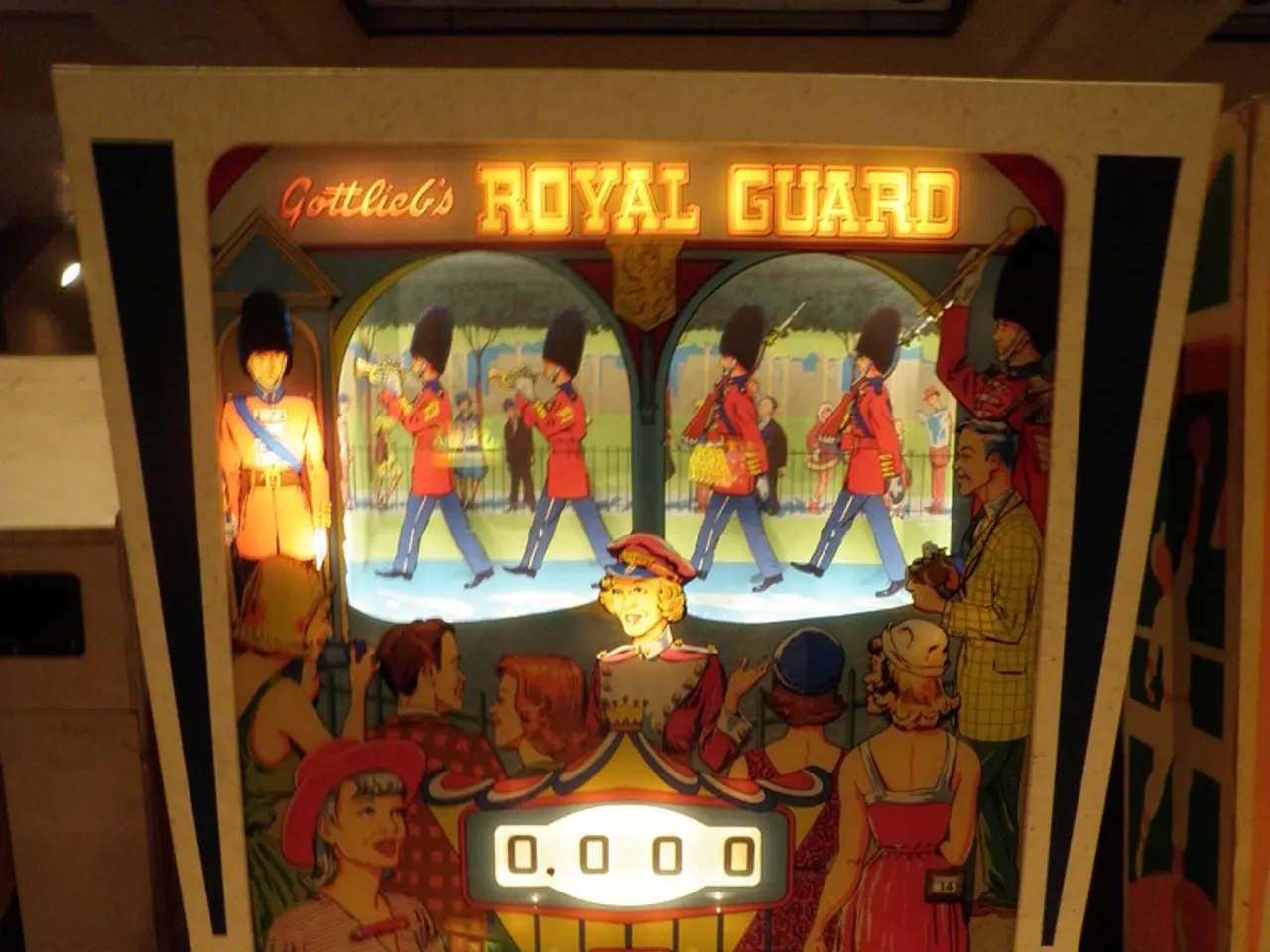Metaverse AR & VR Hardware Market Surges to USD 1.3 Billion in 2023
The global Metaverse AR & VR hardware market has surged to USD 1.3 billion in 2023, driven by North America's early adoption and substantial R&D investments. This growth is set to continue, with the market projected to reach USD 4.1 billion by 2033, expanding at a CAGR of 12.3%.
The market's expansion is fueled by advancements in immersive technologies, 5G connectivity, and increasing adoption of AR and VR headsets. Enterprise adoption in sectors like architecture, defense, and logistics is stimulating productivity gains, operational safety, and energy efficiency. By 2030, immersive technologies could add over USD 1.5 trillion to the global economy.
To remain competitive, businesses are adopting strategies such as investing in lightweight, ergonomic headset designs and integrating AI and 5G. The hardware segment supports employment in optics engineering, chip design, and advanced manufacturing. However, rising production costs, component shortages, and supply chain bottlenecks have impacted profit margins for AR & VR hardware producers.
Currently, Meta (formerly Facebook) is a leading company investing heavily in developing new, lighter, and more ergonomic VR and AR glasses. Their Reality Labs division, with nearly $50 billion in investments, is enhancing hardware, wireless connections, and ambient AI capabilities. Research and development on haptic feedback systems and immersive experience technologies, including AI-driven virtual environments and wireless performance improvements, are also underway.
The global Metaverse AR & VR hardware market's growth is expected to create substantial opportunities in next-generation headsets, optical lens innovation, and AI-driven motion tracking systems. As the market expands, it is crucial for businesses to adapt to changing technologies and market demands to remain competitive.




